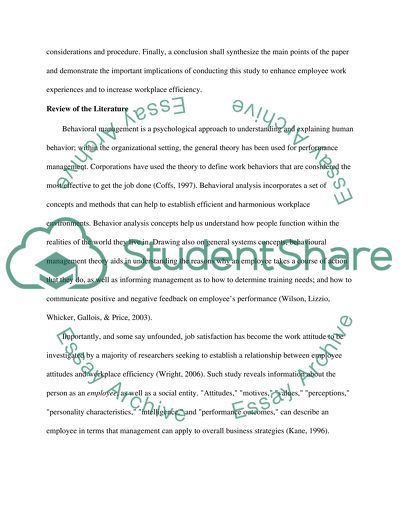Cite this document
(“Labor Management and Personnel Work Essay Example | Topics and Well Written Essays - 2250 words”, n.d.)
Labor Management and Personnel Work Essay Example | Topics and Well Written Essays - 2250 words. Retrieved from https://studentshare.org/miscellaneous/1509493-labor-management-and-personnel-work
Labor Management and Personnel Work Essay Example | Topics and Well Written Essays - 2250 words. Retrieved from https://studentshare.org/miscellaneous/1509493-labor-management-and-personnel-work
(Labor Management and Personnel Work Essay Example | Topics and Well Written Essays - 2250 Words)
Labor Management and Personnel Work Essay Example | Topics and Well Written Essays - 2250 Words. https://studentshare.org/miscellaneous/1509493-labor-management-and-personnel-work.
Labor Management and Personnel Work Essay Example | Topics and Well Written Essays - 2250 Words. https://studentshare.org/miscellaneous/1509493-labor-management-and-personnel-work.
“Labor Management and Personnel Work Essay Example | Topics and Well Written Essays - 2250 Words”, n.d. https://studentshare.org/miscellaneous/1509493-labor-management-and-personnel-work.


